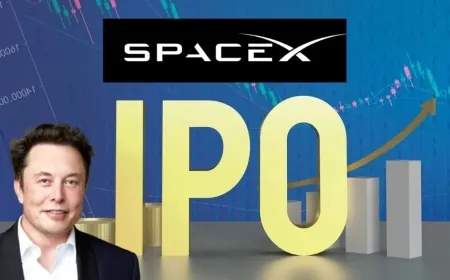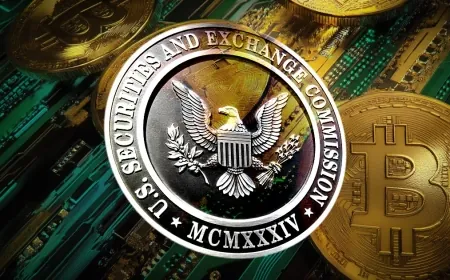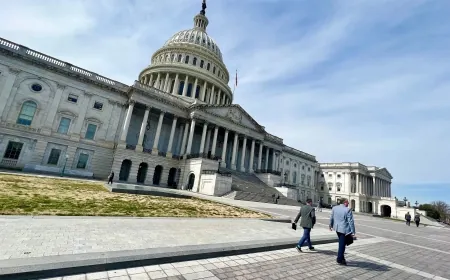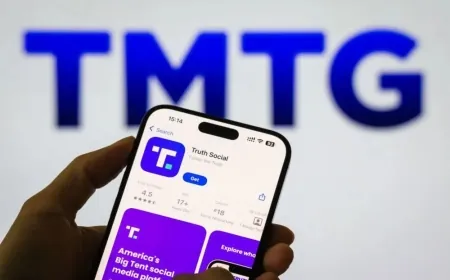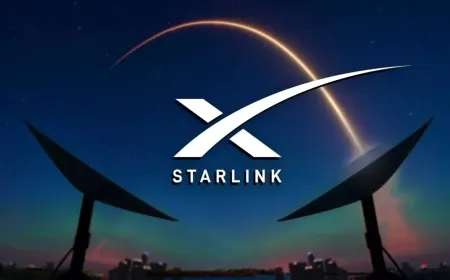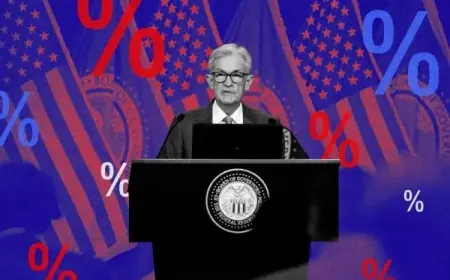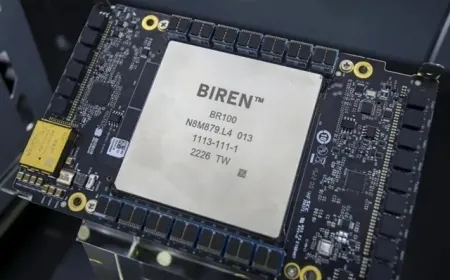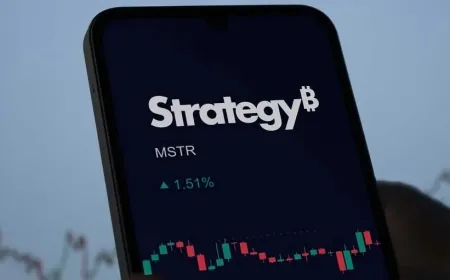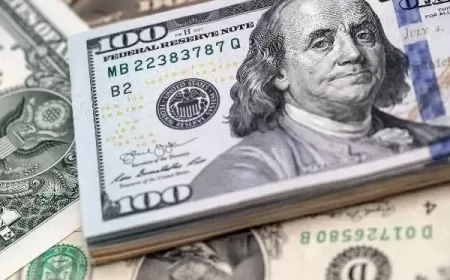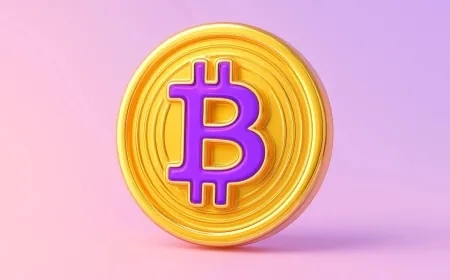Stablecoins Could Replace Credit Cards and Bank Accounts — And the GENIUS Act Clears the Way
The GENIUS Act allows U.S. banks to issue stablecoins under federal rules. If blockchain dollars ever replace credit cards and checking accounts, this law will be the legal groundwork behind it.

WASHINGTON, D.C. — With the stroke of a pen, the United States has taken its biggest step yet toward reshaping how digital money moves. The newly signed GENIUS Act, the country’s first federal legislation focused on stablecoins, lays down the legal and operational framework to bring blockchain-based, dollar-pegged tokens into everyday economic life.
From checkout counters to global money transfers, the law sets the stage for a transformation in payment methods — one that consumers might not immediately notice, but will soon feel in faster transactions, reduced costs, and new digital tools from banks and retailers alike.
What Stablecoins Actually Are — And Why They’re Now Different
Stablecoins are not your typical cryptocurrency. They are digital tokens that operate on blockchain networks — the same type of technology that powers Bitcoin — but unlike Bitcoin, they are designed to maintain a constant value.
Each stablecoin is backed by an equivalent amount of real-world assets, most often U.S. dollars or short-term Treasury bills, held in reserve. That backing allows stablecoins like USDC (USD Coin) or Tether (USDT) to maintain a 1:1 ratio with the dollar. In short, one stablecoin equals one dollar, always.
This built-in stability makes them practical for payments — as opposed to speculative investing. And that practicality is exactly what the GENIUS Act aims to unlock.
The GENIUS Act: A Turning Point for Digital Dollar Infrastructure
Formally known as the Guiding and Establishing National Innovation for US Stablecoins Act, the GENIUS Act represents a rare bipartisan agreement on cryptocurrency regulation. The law:
-
Requires Full Reserve Backing: Every issued stablecoin must be backed by real assets — no leverage, no fractional reserves.
-
Establishes Issuer Guidelines: Only licensed entities, such as banks or qualified nonbanks, can issue stablecoins.
-
Imposes Transparency and Reporting Rules: Issuers must submit regular audits and reserve disclosures.
-
Bans Misleading Claims: Issuers cannot advertise their stablecoins as being federally insured or backed by the U.S. government.
-
Applies AML and KYC Rules: Anti-money laundering and customer verification protocols are now mandatory.
President Donald Trump, whose family has ownership ties to World Liberty Financial, a firm that recently launched its own stablecoin, called the law “a blueprint to bring American innovation to the forefront of digital finance while keeping the dollar dominant.”
$30 Billion a Day — and Climbing
Even before federal oversight, stablecoin usage has been accelerating rapidly. According to a July 2025 report from McKinsey & Company, average daily stablecoin transaction volume has doubled over the past 18 months, now approaching $30 billion per day.
Much of this activity has occurred behind the scenes — between crypto exchanges, in DeFi protocols, or for cross-border fund transfers. What’s changing now is that these digital dollars are moving into consumer-facing transactions: retail checkouts, payroll, remittances, and even financial products.
The GENIUS Act’s effect is to formalize what was previously happening in legal gray zones, opening the door for stablecoins to become as common as debit cards or Venmo transfers.
Retailers May Accept Stablecoins Next — But Why Should You Care?
At a glance, the idea of using a stablecoin instead of your Visa card may seem pointless — especially since most stablecoins don’t offer rewards or protections yet. But under the surface, the economic incentives for merchants are massive.
Payment card networks like Visa and Mastercard charge between 2% and 3.5% per transaction, plus fixed fees per swipe. Those costs eat into profits and often result in higher prices for customers.
In contrast, stablecoin transfers cost less than $0.01 and settle in seconds — 24/7, with no bank involved.
“Most consumers don’t realize they’re paying for card fees indirectly,” said Mike Hudack, CEO of Sling Money, a payment platform that runs on stablecoins. “Merchants lose margin on every sale. With stablecoins, they don’t.”
As more retailers recognize the cost advantage, you could see discounts for using stablecoins, similar to how gas stations charge less for cash. Major retailers, including Amazon and Walmart, have reportedly considered issuing their own private stablecoins to lock in customer loyalty and reduce reliance on financial intermediaries.
Banks Are Getting Involved — But on Different Terms
Traditional banks aren’t sitting this out. Institutions like JPMorgan, Bank of America, and Citigroup are quietly developing or piloting their own versions of stablecoins or blockchain payment rails.
Unlike cryptocurrency startups, these banks already hold regulatory licenses and operate under consumer protection laws. Their entry into the space could give stablecoins a broader stamp of legitimacy, while also protecting their turf from fintech disruption.
However, there are key limitations. Stablecoins under the GENIUS Act cannot pay interest — even if they’re fully backed. That means holding $1,000 in stablecoins is different from putting that money in a savings account earning 4% APY.
Also, stablecoin balances aren’t FDIC insured, meaning consumers need to evaluate the creditworthiness and transparency of the issuer — just like they would with a money market fund or prepaid debit card.
Micro-Transactions and Creator Monetization Could Finally Work
The structure of credit card fees makes small-dollar payments impractical. For example, paying 30 cents to read a single article or tipping a musician 50 cents often costs more in fees than the value of the transaction.
Stablecoins remove that problem. With no percentage fees and near-zero transaction costs, micro-payments become economically feasible.
This could fuel a wave of new business models: pay-per-article news, a la carte podcast episodes, in-game features purchased instantly, or even fractional tipping in online communities. Platforms like Substack, X, and Patreon are already exploring blockchain-based monetization paths.
“Stablecoins let people support creators on their own terms — without subscriptions, without friction,” said Erick McAfee, a fintech executive at Supertab. “It levels the playing field.”
International Money Transfers Are About to Get Cheaper and Faster
According to World Bank data, the global average cost of sending a cross-border remittance is about 6.62%. That means sending $500 to a family member overseas could cost more than $30 — and still take up to five days to arrive.
With stablecoins, cross-border transactions can be executed in seconds, with costs as low as a fraction of a cent. This is particularly meaningful for migrant workers and families who rely on remittances as part of their household income.
Companies like Circle, Stellar, and even Visa’s USDC pilot programs have been developing corridors between countries using stablecoins, bypassing outdated SWIFT networks and wire services altogether.
Most Users Won’t Even Realize They’re Using Stablecoins
One of the most important aspects of this change is user invisibility. Payment apps and banks are already experimenting with routing money over stablecoin networks without requiring the user to hold or understand crypto at all.
“You’ll tap your phone or send money through an app like usual,” said Hudack. “But instead of going through five banks and three processors, it moves instantly over a blockchain — and costs less than a penny.”
This invisible adoption is key to mainstream growth. Platforms can upgrade their backend for speed and efficiency, while maintaining a familiar user interface.
Digital Dollars, Not Dollar Replacements
Despite popular misconceptions, stablecoins aren’t trying to replace the U.S. dollar — they’re designed to mirror and modernize it. What they offer is a faster, more programmable, more globally accessible way to move dollars, without relying on traditional financial infrastructure.
The GENIUS Act doesn’t solve all the challenges — consumer protections, privacy issues, and fraud prevention still need work — but it provides a federal starting point, giving companies, banks, and regulators a shared rulebook.
What comes next depends on how quickly businesses and platforms adopt the technology — and how well consumers understand the benefits.
But one thing is clear: stablecoins are no longer just for crypto traders. With federal rules now in place, they’re headed for everyday wallets, checkout lines, payroll systems, and beyond.
Also Read: Bitcoin Surges to $120K as Congress Opens Debate on Crypto Laws and Stablecoins





